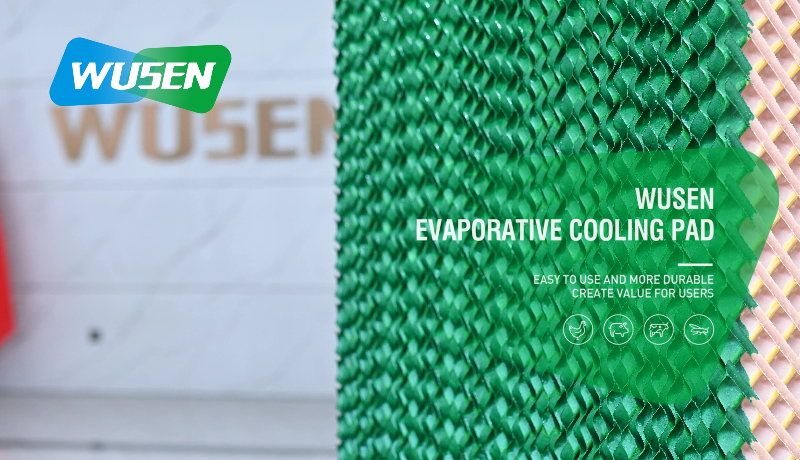Evaporative Cooling Pad Manufacturers: Comfort for Modern Cooling Solutions

In the realm of modern cooling technology, evaporative cooling pads have emerged as a sustainable and energy-efficient solution for maintaining comfortable indoor and outdoor environments. As demand for environmentally friendly cooling systems continues to grow, evaporative cooling pad manufacturers play a key role in providing high-quality products that address a wide range of applications, from residential cooling to industrial and agricultural uses.
What are evaporative cooling pads?
Evaporative cooling pads, also known as swamp cooler pads, are an essential component of evaporative coolers. These pads are designed to absorb moisture and promote a natural evaporation process, cooling the air as it passes through the pads. The result is a constant flow of fresh, cool air that is both energy-efficient and environmentally friendly. Made from materials such as cellulose, poplar wood, or synthetic fibers, these pads are engineered to maximize water retention and airflow while ensuring durability and longevity.
The Role of Evaporative Cooling Pad Manufacturers
Evaporative cooling pad manufacturers are at the forefront of innovation, continually improving their products to meet the changing needs of consumers and industry. Their responsibilities include:
(1) Material Innovation: Developing advanced materials that improve cooling efficiency, durability, and resistance to mold and bacteria. For example, cellulose-based pads are popular for their high absorbency and environmentally friendly properties.
(2) Customization: Pads are available in a variety of sizes, thicknesses, and configurations to suit different cooling systems and environments. Whether it is a small home cooler or a large industrial device, manufacturers can ensure compatibility and optimal performance.
(3) Sustainability: Emphasis on environmentally friendly production processes and materials to minimize environmental impact. Many manufacturers prioritize recyclable and biodegradable materials to meet global sustainability goals.
(4) Quality Assurance: Implement rigorous testing and quality control measures to ensure that each pad meets industry performance and safety standards. This includes testing airflow resistance, cooling efficiency, and durability under various conditions.
(5) Research and Development: Invest in R&D to explore new technologies and improve existing products. This includes innovations in pad design, such as honeycomb structures that maximize surface area for enhanced cooling.
